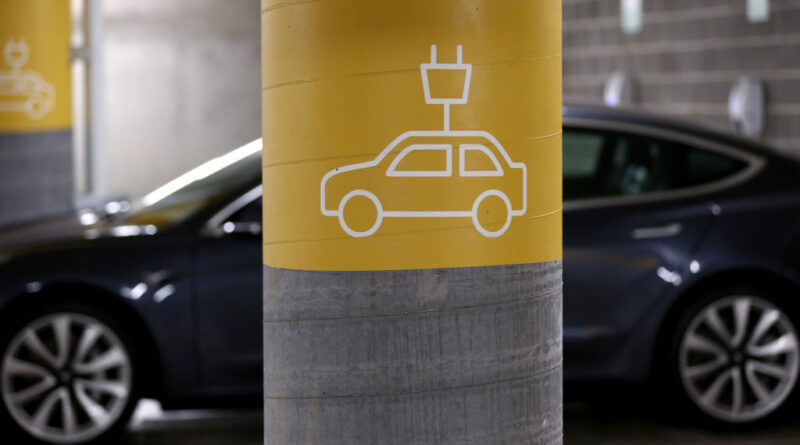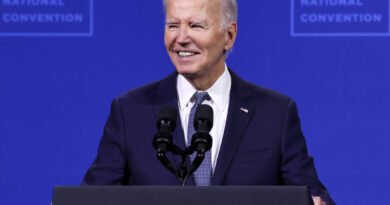Hybrid Sales Drive Car Market Recovery as EV Growth Slows
Despite selling over 108,000 vehicles in March, Australia’s clean transport targets are in question due to weak EV demand. The car market in Australia has experienced a resurgence, with the sale of over 108,000 vehicles in March, marking the end of an eight-month slump. However, while hybrid sales are on the rise, the adoption of electric vehicles (EVs) is struggling, raising doubts about the government’s ability to achieve its ambitious New Vehicle Efficiency Standard (NVES) targets.
Data released by the Federal Chamber of Automotive Industries (FCAI) and the Electric Vehicle Council (EVC) on April 3 revealed that plug-in hybrid electric vehicle sales surged by 380 percent compared to March 2024. This increase was primarily driven by a rush to take advantage of the Commonwealth government’s fringe benefits tax exemption before it expired on April 1.
Traditional hybrids also saw strong demand, with over 16,800 units sold. On the other hand, petrol and diesel vehicles experienced a decrease of 8.3 percent and 1.2 percent, respectively.
“We are at a critical juncture in transitioning to a lower-emission vehicle fleet. However, the reality is evident: Australian families and businesses are not transitioning to EVs in significant numbers,” said FCAI Chief Executive Tony Weber.
EV Sales Decline Amid Growing Policy Uncertainty
Despite efforts for cleaner transport, EV sales fell below expectations, accounting for only 4.9 percent of March’s total sales – a decrease from 9.5 percent in the same period last year.
While some EV brands omitted from FCAI’s report are yet to release their figures, the overall trend has raised concerns about the achievability of the government’s transport emissions targets.
Tesla, in particular, experienced a significant sales drop of more than 50 percent compared to March 2024. Overall, there were 2,079 fewer EVs sold than the previous year, prompting calls from Weber for a reevaluation of Australia’s emissions strategy.
“The early adopters have taken action, but the majority of vehicle buyers have not followed suit,” he remarked.
A report from the EVC in December presented a more positive outlook, indicating that over 100,000 EVs were sold in 2024. The report highlighted that battery-powered cars made up 9.5 percent of total sales by September, showing a 13 percent annual growth.
The report also noted a 50 percent increase in the number of EV and plug-in hybrid models available. However, it acknowledged a slower growth rate compared to the impressive surge of 2023.
With EVs needing to constitute 50 percent of all new car sales by 2030 to meet net-zero targets and one million EVs on Australian roads by 2027, the EVC emphasized the critical need for stronger government and industry support.
At the same time, uncertainty surrounds the political landscape. Reports suggest that the Coalition is contemplating an election policy that would eliminate financial penalties for car companies failing to meet emissions targets under the NVES.
While no changes have been confirmed by the government, a potential rollback could further impede EV adoption.
Toyota Dominates as Market Preferences Shift
In March, Toyota solidified its position as Australia’s top-selling car brand by moving 20,541 units. Ford followed with 8,232 units, ahead of Mazda (8,000), Kia (7,307), and Mitsubishi (7,265).
The Ford Ranger retained its position as the country’s best-selling vehicle with 4,932 units, followed by the Toyota RAV4 (4,321) and Toyota HiLux (4,081).
Geographically, Tasmania led in sales growth with a 10.2 percent increase, followed by Western Australia (9.1 percent) and the ACT (4.6 percent).
Conversely, New South Wales and Victoria experienced slight declines of 0.9 percent and 1.9 percent, while Queensland saw the most significant drop of 6.8 percent.



